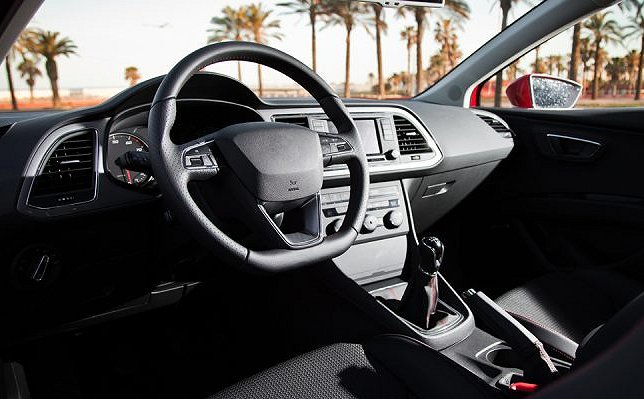Laser Repairing Textured Moulds
For a mix of practical and aesthetic reasons, texture is widely used on plastic parts. Examples include car dashboards and steering wheels, caps on cosmetic products, the armrests of office chairs, a computer mouse…textured plastics are everywhere.
The textured effect is created by a mould. These moulds are very expensive to produce due to the intricacy of the texture itself and the etching process required to achieve it. The process uses either acid (applied directly to the surface) or a laser in a similar process to engraving.

Expensively fragile
Because of the complexity of the texture, any damage to the mould is immediately noticeable, even damage as minute as a few thousandths of an inch. Such damage can easily happen; something as small as an accidental screwdriver tap can damage the mould’s surface.
Once a mould is damaged, any parts produced by it must be scrapped because the defects are so obvious. The manufacturer then has to make a decision on either scrapping and replacing the extremely expensive mould or repairing it.
TIG or laser welding?
Repairing a textured mould costs a fraction of the price of replacing it. However, the welding process is extremely intricate and requires a high level of skill.
The repair can be carried out by using traditional TIG welding or laser welding. TIG welding can be problematic in mould repairs for several reasons. Skill plays a vital factor in the process but the TIG welder has to cope with the visual limitations created by both arc and welding shield from the outset.
The welder has to match the hardness of the mould’s base metal to the welding alloy. However, because of the heat applied, the hardness of the base metal may change. The change may not be visible to the naked eye but it becomes a problem when the acid used in texturing is applied. This is because the acid affects different hardnesses creating inconsistences which will become visible in the moulded part.
Superior accuracy
Laser welders have more accuracy and more control at their disposal when repairing textured moulds. Without the impediments of arc and welding shield, they can adjust the weld as they go and mimic the texturing.
The laser produces heat in a highly focussed area so the hardness of the base metal remains unaffected. It will also not affect the hardness in the Heat Affected Zone (HAZ) which can be an additional problem with TIG welding. Laser welding also quenches at a much more measurable rate, so experienced laser welders know exactly how hard they can expect the welded material to be.
Laser welding offers a major cost saving alternative to replacing damaged textured moulds – without any of the drawbacks of traditional TIG welding. Our product partners, Alpha Laser, are innovators and one of the world leaders in manufacturing both mobile and static laser systems. For information and full details of the Alpha Laser’s range of laser welding systems, please contact sales@tlm-laser.com